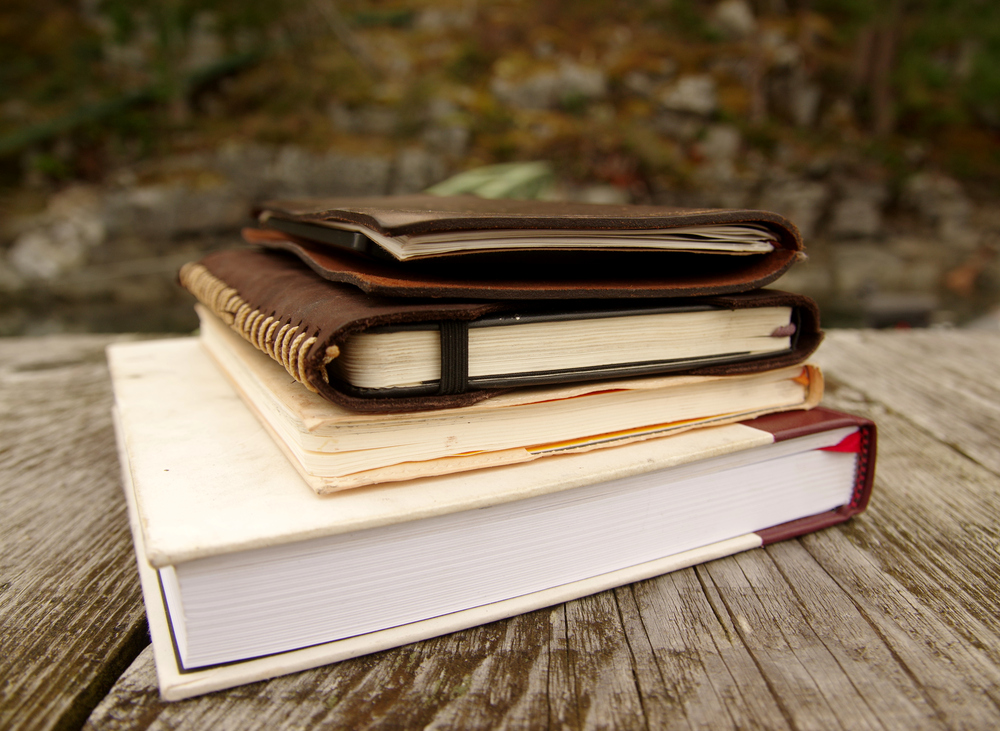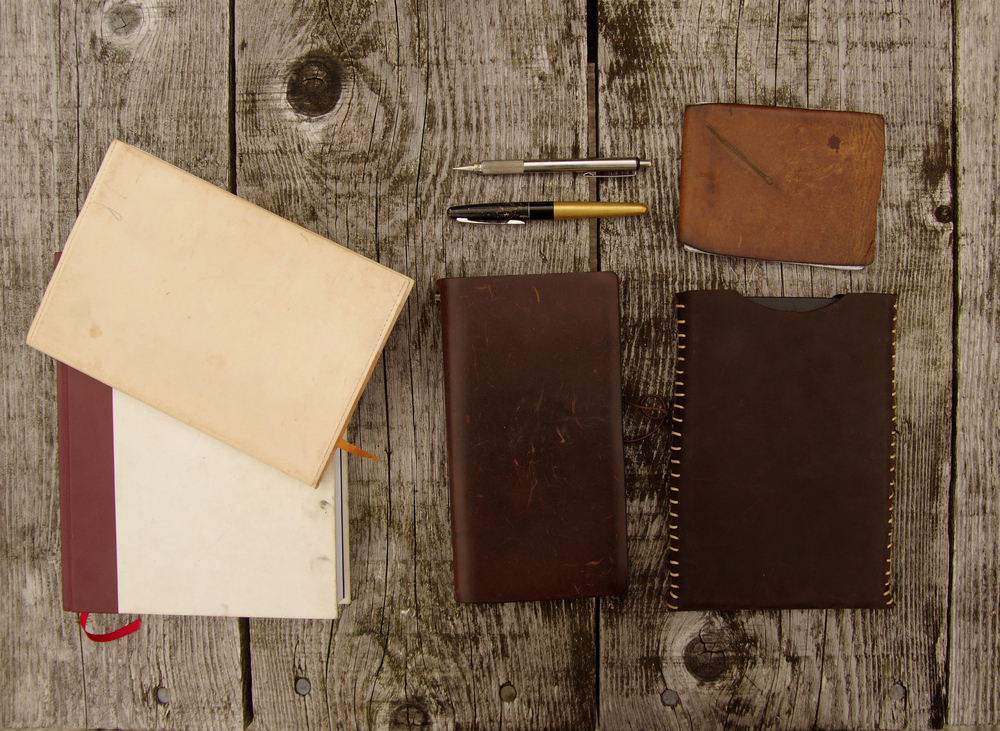Overthunk Note-taking Workflows
For some people, making a note is simple: pencil, paper, done! For others, it isn’t:
Which notebook? (Tick-a-tick-a-tick-a)
At the front or the back? (Tick-a-tick-a-tick-a)
Pencil or pen?? (Tick-a-tick-a-tick-a)
Which pen? (Tick-a-tick-a-tick-a)
Wait, what was I trying to write down again … ?
That’s where a systematic note-taking workflow comes in, allowing you to sail undaunted into the most turbulent informational storm.
THE POCKET NOTEBOOK
The all-essential pocket notebook is the kitchen sink, the melting pot, the lobby.
I have a custom-made leather-bound pocket notebook that travels with me pretty much everywhere I go, but there are lots of good options out there.
The pocket notebook gets daily to-do lists, reminders, and transient data, and serves as a spot to jot down any information or ideas I encounter throughout the day: phone numbers, project ideas, notes to self, people’s names, and so forth. These all go down on the first few pages and then get transferred out/recycled at the end of the day or every few days. This ensures I always have a clean slate for ideas and notes, don’t need to use space archiving boring to-do lists, and that the important information I accumulate makes its way to the correct location (other notebooks, or computer) where I’ll be able to find it when needed.
I write the names of new people I’ve met that month, and any other medium-term data I need a safe spot for in the back few pages.
THE TRAVELER’S NOTEBOOK
After ogling them for a few months, I eventually got one of the famous Traveler’s Notebooks. They’re an outrageous hefty initial investment, but the refills are sort of economical, and made with lovely high-grade paper that’s a joy to write on. It lives in my backpack and I use it mostly for article first-drafts, birthday cards, long-form notes, and letters. The refills are held together with two staples which are easy to unbend, remove the pages I’ve written on, and then re-bend. (Pro-tip: you can re-order the pages while you’re at it!)
THE GOAL BOOK
I use a Rhodia A5 notebook for my monthly and yearly goals, plans, accomplishments, and habit tracker. I try to sit down at the beginning of each month to look over my list from the previous month, fill out my list of accomplishments, and make plans and goals for the coming month. Then at the end of each day I fill in my one-line log for that day, as well as my habit-tracker grid with 3–6 things I’ve decided to do/work on every day that month.
THE LEARNING BOOK
Also a Rhodia A5, this is what I take to courses, workshops, and lessons. Each session gets a page or chunk of pages with the date, subject, and teacher written at the top. On these I write salient notes on whatever topic I’m studying: statistics, quotes, references, and key points. This book gets filled out front to back with no gaps, and I keep it semi-handy for reference. It’s also where I take notes on whatever books I’m reading.
VOCATION-SPECIFIC NOTEBOOKS
This one would be dictated by one’s line of work. I have a Moleskin Art Collection hardcover, which I’m rather fond of, and use for songwriting and music notation.
THE OLD-FASHIONED JOURNAL
For the last ~15 years, my siblings and I have all used these Lee Valley Journals. They’re bulky to travel with, but other than that they’re excellent. They last about a year at one page per day (more if your entries are more terse or less frequent), and it’s fun to have a collection of journals going back decades that all match.
THE LISTS BOOK
The final addition to my notebook canon is the lists book, a repurposed reporter-format Rhodia A5. It had nice covers with lots of life left in them when I finished up the pages, so I removed the binding, punched the back cover, and installed some thick sheets of my own with the same removable twine binding strategy that I use for my pocket notebook. In this I keep a collection of long-running lists that I don’t need to access too often, but gradually add to and then refer to when it’s time for action. The thick paper means I use pencil and can erase and re-write many times without issue, and the twine binding means I can remove, add, and re-arrange pages.
CONCLUSION

That’s my current notebook usage scheme, in all its gritty details. As with most things in life, it will probably continue to change and evolve, but for the moment it’s working well. I hope you’ve found it interesting and or helpful. Don’t hesitate to leave a comment with questions, suggestions, or a description of your (way better) system!

